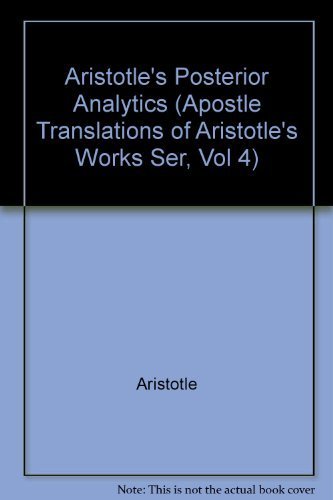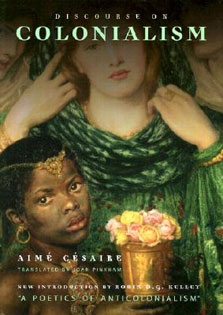About The Book
Book may have numerous typos, missing text, images, or index. Purchasers can download a free scanned copy of the original book (without typos) from the...
Read more
publisher. 1901. Not illustrated. Excerpt: ... CHAP. XIX. Syllogisms being either affirmative or negative, are the attributes of a subject and the subjects of an attribute limited or unlimited in number? Further, can an infinity of middle terms exist between two given extremes? Every syllogism proceeds by means of three terms. The aim of one, the affirmative, class is to shew that C is A, because B is A and C is B; the negative syllogism has as one of its premises the proposition stating that one term is true of another, as its second that one term is not true of another. It is clear then that these premises constitute the principles of demonstration and are what are called its hypotheses. When the premises have been expressed in this form the conclusion must follow; e. g. C is proved to be A by means of B, or again B is proved to be A by means of some other middle term, and similarly C is proved to be B. It is plain therefore that if inferences depend on opinion and are merely dialectical the only thing the logician need keep in view is that the premises of his syllogism should be as generally recognized as possible. Hence if a middle term between A and B really exist, but is thought not to be so, an inference drawn according to the received opinion will be a dialectical inference; but in order to draw universally true inferences one should look to that which really is, not that which is thought to be. Of the former character is a term predicated of other terms essentially not accidentally. By 'accidentally' I mean after the manner in which we sometimes say 'that white thing is a man,' which is not the same as when we say 'the man is white.' In the latter case the man is not white because he is something else, but simply because he is man; in the former proposition whiteness is predicated as an accidental attri...
Hide more




